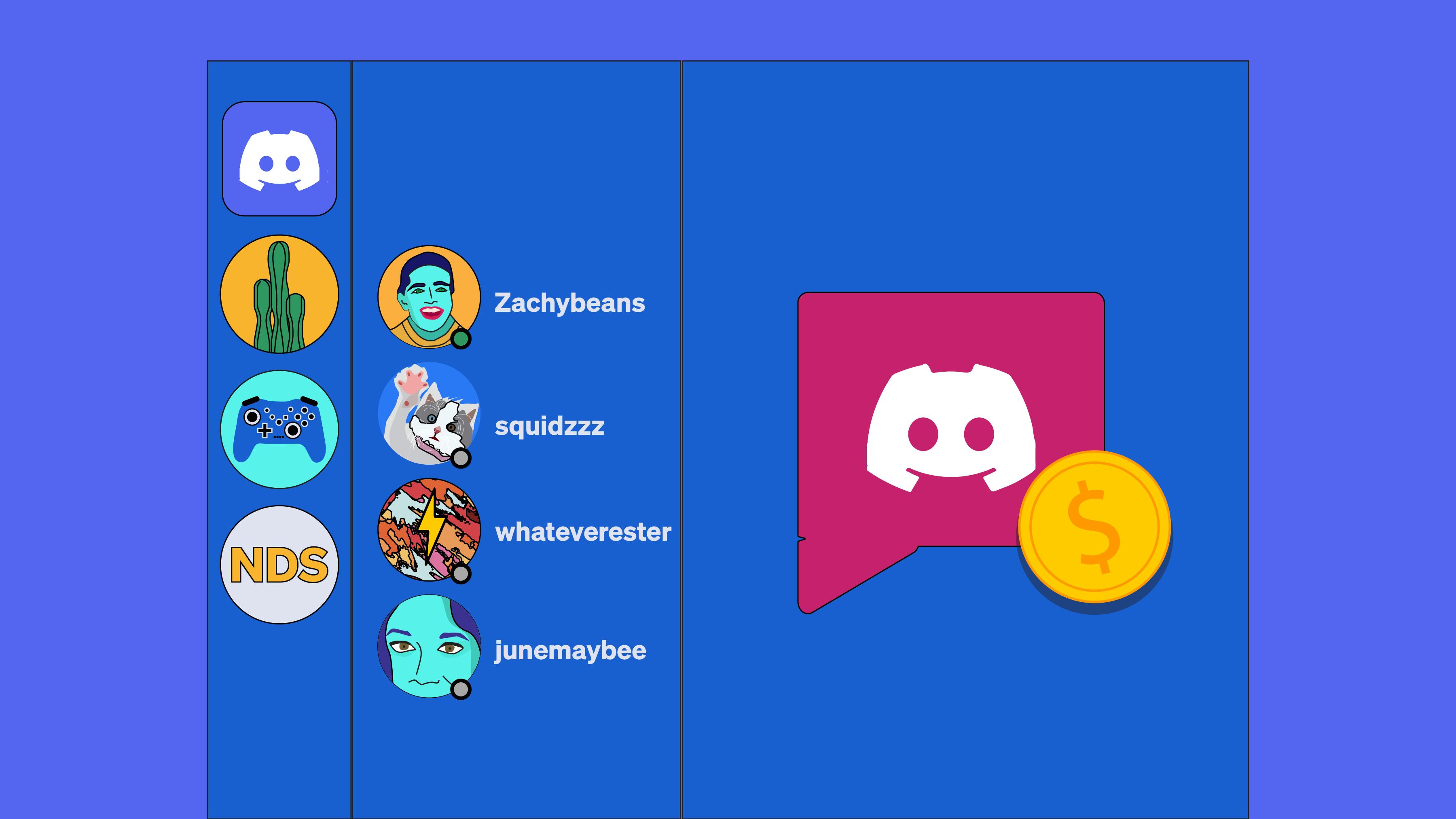The quintessential American football tradition is quickly approaching: Super Bowl squares.
Whether you're a longtime Super Bowl party host or you've been talked into attending a Super Bowl party, you may have considered participating in Super Bowl squares.
Super Bowl squares are a fun betting game based on the score of the Super Bowl. There are many formats, templates, generators, and rules different groups of people use when organizing Super Bowl squares.
This post will cover how to organize, plan, and pool money for Super Bowl square. We'll go over the following:
- Deciding on a format for your Super Bowl squares
- Deciding on rules for your Super Bowl squares
- How to collect money for Super Bowl squares
- How to pay winners of Super Bowl squares
Once you've read this article, you'll feel confident in participating in and hosting Super Bowl squares.
How to organize your Super Bowl squares
Decide on a format
There are various types of Super Bowl squares generators and layouts. Some people choose to print out these "grids," and others choose digital generators.
The most common Super Bowl squares layout is the 10x10 grid. In the 10x10 grid, numbers 0-9 are randomly assigned to rows and columns. Some groups of people assign the numbers randomly, and others allow participants to purchase as many squares per quarter or auction off specific spots. Other layouts frequently used for Super Bowl squares are the 5x5 and 20x20 grids.
There are also online Super Bowl Squares generators that can make creating and managing a group easy. These generators offer options such as email confirmations for picks, different numbers per quarter, per half or per game, password protection, and the ability to mark users as paid. They can also export users for use in any spreadsheet application, create custom rules and set costs, and quickly delete unwanted users.
When choosing your Super Bowl squares format, be sure to factor in these considerations:
- The technical ability of participants
- Number of participants
- Location of participants
- Previous experience or skill level of participants
Pro tip: Before deciding on a format, giving the group two options is helpful. Getting their input will ensure everyone is on the same page and will have a fun and fair time playing Super Bowl squares.
Click here to start a free money pool for the Super Bowl squares race here!
Decide on the rules
Beyond the traditional 10x10 grid, some groups offer additional winning opportunities. Other methods include touching squares, where squares touching each other can win. This helps to increase the number of winners and incentivizes more people to join the pool.
In reverse rules, the winner is the person with the square with the reversed numbers of the winning score. For example, if the final score is Team A with 24 and Team B with 20, the typical grand prize would usually be Team A: 4, Team B: 0. But under the reverse rule, the winner would also be Team A: 0, Team B: 4.
Some groups also offer "halftime" and "final" prizes. While the winning numbers will be the same for "2nd Quarter" and "Halftime," the payouts will differ. The payouts for the "Halftime" and "Final" winners will almost always be higher than those of "2nd Quarter" or "4th quarter," respectively.
Finally, some groups have a "possession" rule, where the winner is determined by the team that has possession of the ball at the end of the quarter. This can be used to give more chances to win for those who don't have the winning score.
These are just some unique rules you can use for Super Bowl squares. Ultimately, it is up to the organizers to decide which rules they want to use.
Super Bowl squares budgets and financials
Usually, when groups come together to participate in Super Bowl squares, each participant buys into the group with cash, digitally, or with an "I owe you." While these methods of collecting, managing, and paying out winners of Super Bowl squares are traditional, they can also be a source of stress for Super Bowl squares organizers and participants.
To avoid the stress of losing track of money or upsetting participants, Super Bowl squares organizers should make solid decisions about the group's finances.
Super Bowl squares have these essential financial parts:
- How much does each square cost?
- How much is each payout?
- How do you collect money for your group?
- How do you pay out the winner(s)?
We'll answer these questions and show you how to simplify your Super Bowl squares group finances with Braid Pools.
Ready to take the stress out of managing the money for Super Bowl squares? Try Braid Pools. Click here to get started.
How much do Super Bowl squares cost?
The amount of money spent on Super Bowl squares varies from group to group. Generally, each square is sold for a set amount, usually between $1 and $10.
This means the total amount spent on a pool will depend on how many squares are purchased. The more people participating in the pool, the more money will be spent.
In addition, the prize structure can also affect the amount of money spent. Some groups offer a fixed prize amount, while others provide a progressive prize structure. The progressive prize structure increases the prize amount as more squares are sold.
Overall, the amount of money spent on Super Bowl squares can vary greatly depending on the pool size, prize structure, and additional prizes.
What is the best way to collect money for Super Bowl squares?
There's no need to open a new bank account or set up a PayPal account for your upcoming Super Bowl squares group—just use Braid.
Braid Pools are where you can collect and manage money with your Super Bowl squares participants.
You can also pay out winners directly from the pool efficiently and transparently.
You've already seen how to implement Braid into your financial management. Here are a few more reasons to use Braid for your Super Bowl squares group:
1. Braid is seamless to use
Set up your free pool and invite Super Bowl squares co-organizers to join in minutes. When it's time to pay for their square, participants pay via the Pool Link using their debit or credit cards.
And because you don't have to move money in and out of different accounts, you can seamlessly track transactions.
2. Each pool you create is free
Set up your pool and use it for as long as you need without paying any service or maintenance fees. It's totally free.
Super Bowl squares participants can pay into the pool with their debit cards without incurring fees. There are also no balance limits, so you can accrue as much or as little money as you want for your Super Bowl squares group.
3. Share admin roles with other players
As pool admin, assign admin roles to your fellow organizing participants so they can share pool tasks with you.
Admin can view all transactions, receive notifications for pool activity, invite others to the pool, pay out winners, and more.
For example, you can give someone spending permission so they can watch game scores to pay out winners quarterly while you take care of hosting the party.
However you divide the tasks, everybody can see these various activities in your money pools.
4. Create as many pools as you want
With your participants, you may create multiple pools for different expenses relevant to the squares.
For example, you may collect a general buy-in fee and divide these funds into separate pools for different winnings (quarterly, reverse, etc.).
You can also allow different income streams for the squares to go into separate pools. For example, if there is money set aside for a tie-breaker.
You get to decide what works best for your group. Braid is super flexible.
Another reason why people love Braid is that it keeps squares money separate from personal accounts. And you don't have to start a new bank account or transfer money in and out of other apps.
Your Super Bowl squares can be successful with Braid. This can simplify squares money collection and payouts—and make the game way more fun.



